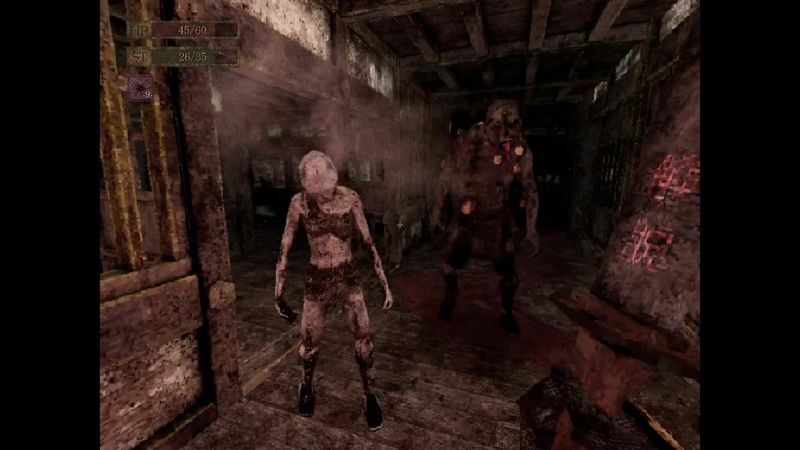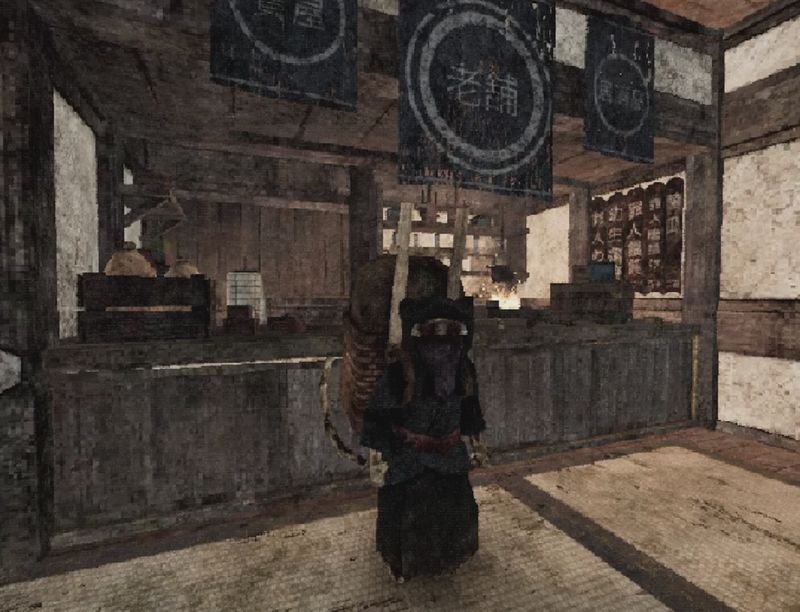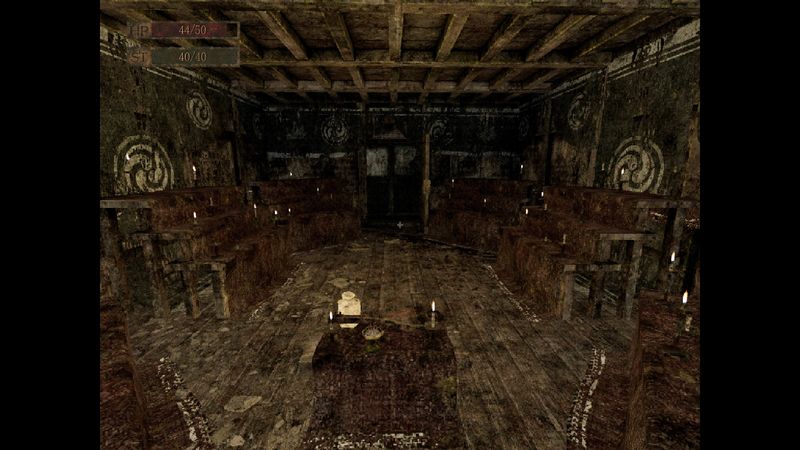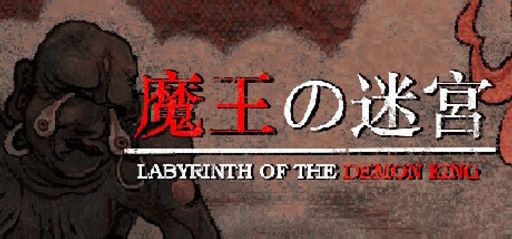Overall Impressions
Labyrinth Of The Demon King lands like a PS1 time capsule in modern disguise. I entered expecting nostalgia and minor headaches. What stood out first was the bold throwback to ancient 3D design. Yet, that same faithfulness sometimes felt like a museum piece. It combines the deliberate pace of Kings Field with Resident Evil’s puzzle-driven tension—only set in feudal Japan. This fusion clicks in moments but often drags through glitchy collision and opaque level design. Its ambition rivals indie classics, but it occasionally trips over its own homage. In a genre littered with Souls-likes and cinematic blockbusters, this game dares to be different. That fearless passion deserves applause and occasional eye rolls.

Gameplay Mechanics
Combat ticks slowly. You swing heavy katanas in stiff animations that evoke PS1-era jank. Parrying feels precise, but enemy hitboxes sometimes shift like mischievous ghosts. Puzzle rooms demand item hunts and light switch toggles. At best, you’ll cheer when a hidden lever unveils a priceless secret. At worst, you’ll steal a statue and stare at a locked gate for fifteen minutes—yes, guilty as charged. One player’s note about unintuitive progression hits home. The map lacks clear markers. I often wandered until I backtracked on faulty instincts. Inventory management leans lean, but menu navigation can feel like blood sacrifice. Still, the tension in every corridor shines through. It’s deliberate, rewarding, and occasionally maddening in equal measure.

Story and Characters
You play a betrayed vassal on a quest to slay a demon overlord. The premise feels archetypal, but it wears its clichés proudly. Dialogue reads like a period drama penned by a gamer who knows too many historical footnotes. The demon king himself remains mostly offscreen until the final act, building ominous dread. Side characters pop up briefly, deliver cryptic warnings, then vanish. None stick like memorable NPCs, but the atmospheric journals you find add depth. Each scroll hints at past betrayals and lost dynasties. The narrative structure mirrors classic horror: tease, delay, then deliver. It works, even when character arcs feel thin. If you crave rich lore over tight character bonds, you’ll lap it up.
Visuals and Graphics
Graphically, Labyrinth Of The Demon King doubles down on blocky textures and low-res bloom. It never pretends to be next-gen. Instead, it crafts mood via heavy shadows and moody lighting. Mossy stone walls look convincingly damp. Flickering torches cast sharp silhouettes on rough-hewn pillars. Occasional texture pop-in reminds you of the PS1 era’s charm… and limitations. Enemies load in like ghosts at a distance, then suddenly appear. It’s more eerie than frustrating in small doses. Developer J. R. Hudepohl intentionally left these quirks intact. He recently noted in an interview that he coded many effects from scratch to emulate that era’s dev hardships. That backstory alone earns bonus points from me.

Sound and Music
The soundtrack pulses with minimalist strings and low droning chants. Composer Akiko Mirai created haunting themes that loop without feeling stale. Combat SFX crackle with metallic clangs and stiff grunts. They reinforce that retro vibe. Footsteps echo in empty halls, heightening tension. A shrill demon roar once startled me so badly I nearly spilled tea. Voice work remains sparse, mostly reserved for boss monologues. Performances lean earnest, lacking polish but rich in atmosphere. That sincerity fits the indie spirit. The entire audio package feels like a haunted cassette tape you found in an abandoned dojo.

Difficulty and Replayability
This game refuses to go easy on you. enemy placement punishes button mashers. Puzzle solutions rarely hold your hand. One wrong turn can strand you halfway across the map. Fans labeled it “weirdly the game I’ve been looking for,” though they also admit confusion. I share that mixed feeling. Once you clear the main story, hidden optional bosses await. New Game Plus unlocks extra challenges and cursed gear. These incentives encourage a second or even third run. Still, the repetition of narrow corridors and reused rooms may wear down less patient players. If you thrive on masochistic trial-and-error, you’ll find gold. Everyone else might bow out after one full descent.

Behind the Scenes Trivia
Behind the scenes, J. R. Hudepohl spent the first year programming the game entirely on his own before bringing aboard a small art team, and the project was funded through a modest Kickstarter campaign by Top Hat Studios in 2023. In early builds, there was no map system—player testers insisted on at least breadcrumb markers to avoid aimless wandering—and the director made a conscious decision to forgo modern shaders in order to preserve the game’s gritty, pixelated aesthetic.

Final Score: 3.5/5 Stars
Labyrinth Of The Demon King delivers a love letter to PS1 adventurers. Its strengths lie in atmosphere, sound design, and unwavering commitment to retro authenticity. However, its outdated collision, confusing progression, and thin character work hold it back from greatness. I can’t mock its charm or its developer’s zeal. If you crave a stubborn puzzle-fighting adventure that rewards perseverance, dive in. Just don’t expect a smooth ride or detailed hand-holding. This labyrinth will bite you back—and that’s exactly the point.
Add Labyrinth Of The Demon King to your Steam game collection!

